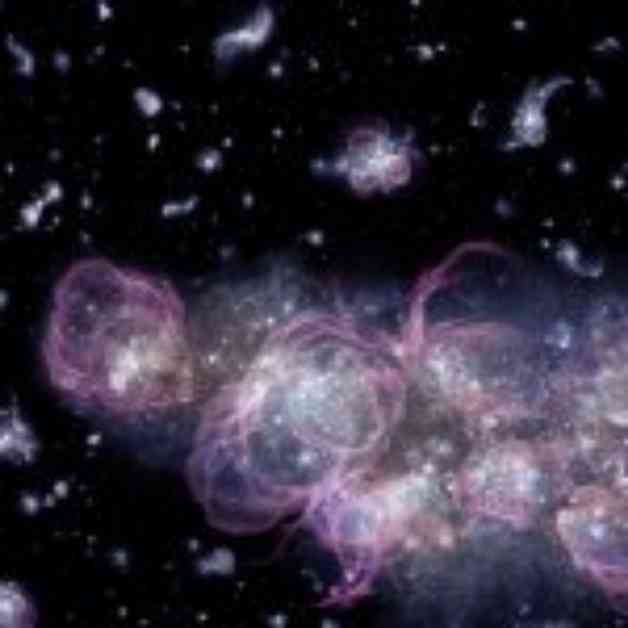Enormous stretches of space are now clear, but it wasn’t always like that. In the early days, the universe was filled with a “fog” that made it opaque, hiding the first stars and galaxies. NASA’s upcoming Nancy Grace Roman Space Telescope is set to explore the universe’s transition to the starscape we see today, known as cosmic dawn.
The universe started as a hot sea of particles and radiation. As it expanded and cooled, protons captured electrons to form neutral atoms, primarily hydrogen and helium. This transition allowed stars and galaxies to form, but it also blocked light. This period, known as the cosmic dark ages, lasted for millions of years after the big bang.
The Roman Space Telescope aims to uncover how this transition occurred. It will investigate early galaxies and black holes as potential sources of the energetic light that broke up neutral atoms. By examining deep space, the telescope will provide insights into early galaxy evolution and the cosmic dawn.
The earliest stars were likely much different from modern ones, being hundreds to thousands of times more massive than the Sun. These stars emitted high-energy radiation and eventually collapsed to form black holes. These supermassive black holes may have helped clear the hydrogen fog in the early universe by emitting intense radiation.
NASA’s James Webb Space Telescope is also studying cosmic dawn, and combining its observations with Roman’s will offer a more comprehensive understanding of this era. Webb has already found more quasars than expected, and Roman’s broader view is expected to reveal tens of thousands more, shedding light on the prevalence of these objects.
Roman’s observations will help determine the role of different types of galaxies in clearing the early universe’s fog. By measuring the extent of the bubbles carved out by galaxies and quasars, scientists hope to understand the processes that shaped the universe in its infancy.
Collaborating with Webb, Roman will provide valuable insights into how galaxies formed from primordial gas and how supermassive black holes influenced their development. These observations will help uncover the cosmic forces that shaped our universe and made life on Earth possible.
The Nancy Grace Roman Space Telescope is a collaborative effort managed by NASA’s Goddard Space Flight Center, with participation from various research institutions and industrial partners. By unveiling the mysteries of cosmic dawn, this mission promises to deepen our understanding of the universe’s origins and evolution.












